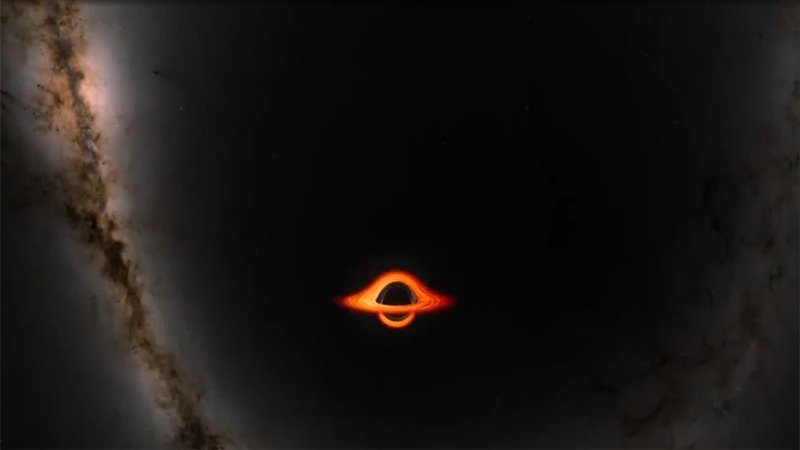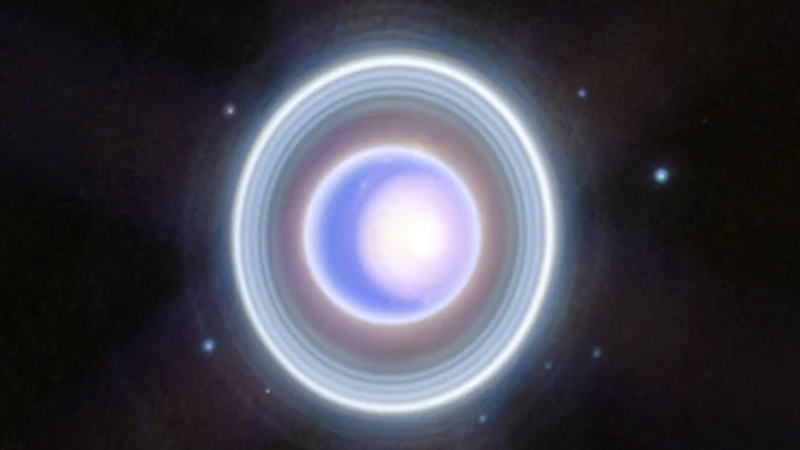In a groundbreaking revelation, NASA unveils simulations shedding light on the enigmatic nature of black holes, those colossal cosmic entities shrouded in mystery.
Black holes, looming at the heart of nearly every galaxy, have long fascinated astronomers and the public alike. These cosmic behemoths, formed from the remnants of massive stars going supernova, possess gravitational forces so intense that not even light can escape their grasp.
The question of what lies beyond the event horizon, the point of no return around a black hole, has perplexed scientists for decades. However, a recent simulation generated by a supercomputer and released by NASA on Monday offers intriguing insights into this cosmic conundrum.
Jeremy Schnittman, a researcher at NASA’s Goddard Space Flight Center, spearheaded the project. “People often ask about this, and simulating these difficult-to-imagine processes helps me connect the mathematics of relativity to actual consequences in the real Universe,” Schnittman explained in a press release.
The simulations explored two hypothetical scenarios: one where an object narrowly avoids the event horizon and is flung back into space, and another where it crosses the boundary, sealing its fate within the black hole’s abyss.
The findings highlight the formidable gravitational pull of black holes, capable of tearing apart celestial objects before they even reach the event horizon. These insights deepen our understanding of these cosmic phenomena and the peril they pose to anything that ventures too close.
Stellar-mass black holes, in particular, with masses of up to 30 times that of the Sun, exhibit smaller event horizons and stronger tidal forces, further complicating the fate of objects drawn towards them.
Despite the tantalizing glimpses provided by these simulations, the inner workings of black holes remain veiled in darkness. Nevertheless, NASA’s ongoing research endeavors promise to unravel more of the mysteries lurking within these cosmic giants, pushing the boundaries of our cosmic understanding.











Leave a Reply